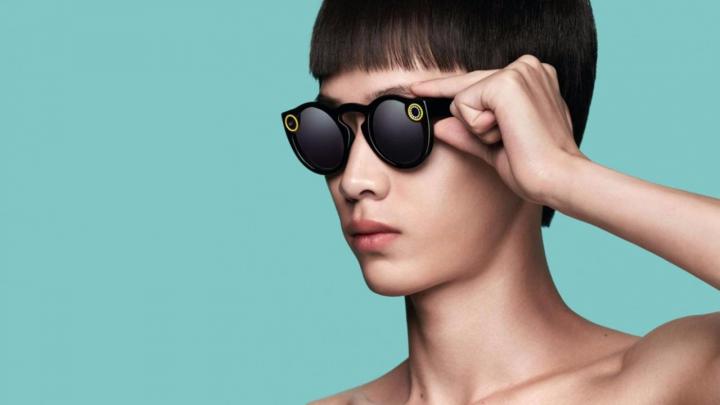

This article is part of our “branding tech companies” series, where we take a closer look at technology brands around the world, offering insights on their most impactful branding actions from our vantage point in Shanghai.
Snapchat is seeking to elevate its brand.
On Friday, September 24th, the tech industry witnessed a pivotal moment as Snap, Inc. unveiled two transformative changes to its brand. The foremost alteration involves the company’s rebranding, now officially known as Snap, Inc. According to CEO Evan Spiegal, this strategic move is poised to facilitate brand experimentation and expansion beyond the confines of a traditional app-centric identity. This development, while not unprecedented, aligns with the strategic maneuvers of industry leaders like Google, who have elevated and reorganized their brand architecture in recent years. Explore Snap’s brand innovation journey and witness the evolution that propels it into new frontiers of digital experience.
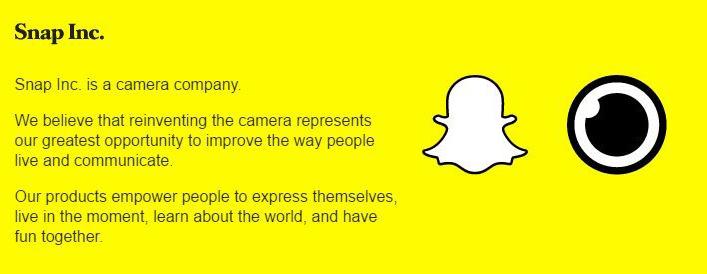
In a significant move, Snap has not only announced its transformative brand changes but has also unveiled a cutting-edge product named Spectacles – innovative sunglasses equipped to record videos seamlessly upon command.
Globally, prominent tech brands are breaking away from antiquated notions of exclusive “software-only” services. Instead, they’re forging unified experiences that seamlessly integrate both hardware and software. These brand innovations redefine how consumers engage with a brand, unlocking entirely novel ways to experience their essence.
This article delves into Snap’s brand innovation journey, exploring how it is pioneering a unified brand experience. Discover the insights and lessons other tech brands can glean from Snap’s innovative approach to shaping the future of digital experiences.
Snap’s brand experience is all about capturing a moment, while still living in it.
To record a video on the Spectacles, the user simply taps a small button on the sunglasses, leaving hands free to flip a burger, reach out to a rock star, or high-five a friend. The “wall in front of your face” disappears and the magic of the moment is maintained.

Consumers capture a moment, while still living in it.
Spectacles also allow you to shoot and view videos in 115 degree circular format. When you watch a video shot in Spectacles, not only is it through your own eyes, but your entire field of vision is also the memory – allowing you to not just revisit that legendary Queen concert, but relive it.
Snap has taken a clear use case and built a product around it that encourages a more natural, unified brand experience.
But what can other tech brands learn from this brand innovation?
Many tech companies have recently come out with product innovations that bring their online-only experiences into the physical world. Some, like Amazon’s Kindle and Echo, have been wildly successful while others, like Google Glass, struggled to gain traction and eventually failed. What makes a brand innovation work?
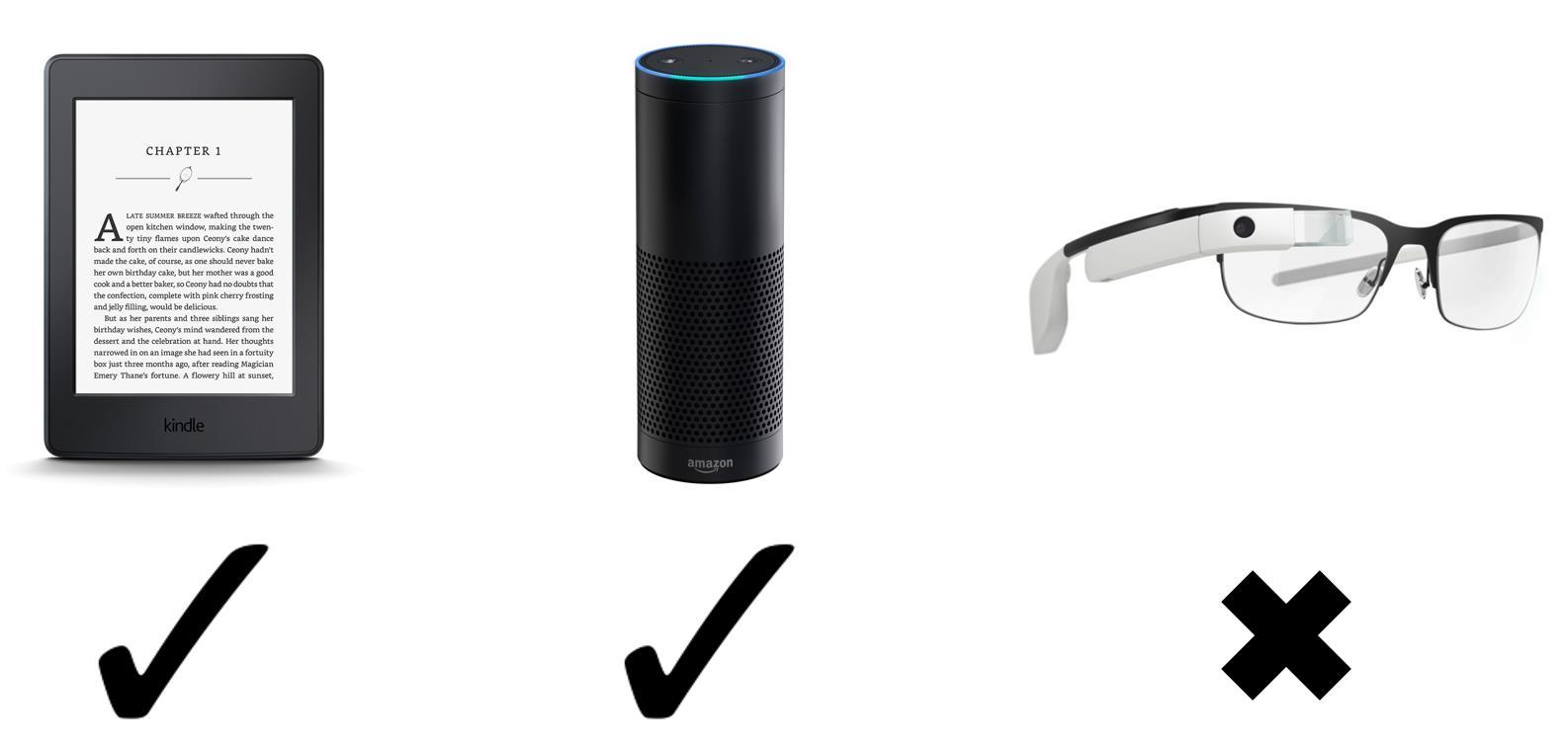
Amazon Kindle, Amazon Echo, Google Glass
Google Glasses leveraged fantastical technolgoy that allowed users to access the web from anywhere — but it had no place in consumers’ lives. Thus, consumers didn’t use it. Amazon Echo on the other hand focused on an established use case of buying online, and made this experience easier through technology.
Leading brands are always at risk of becoming irrelevant or commoditized as competitors catch up. To maintain leadership, brand innovations must be precisely targeted to boost Brand Differentiation and Relevance, constantly rejuvenating a brand’s strength to maintain leadership.
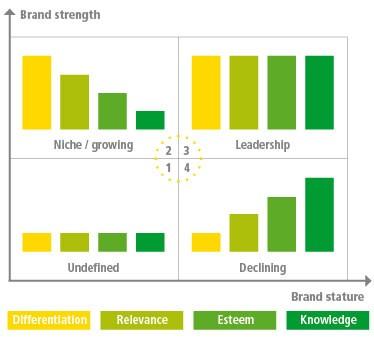
Focusing on these two pillars of brand equity means offering something new, while fitting naturally into consumers’ lives.
Snap is the only western social media company that has released a physical product. That alone makes Spectacles highly differentiated. Competitors Facebook, Instagram, Twitter, Periscope, and more have no tangible product whatsoever, and certainly no similar offering.
Google Glass is a common comparison, but when we look a little closer at their functions, we see just how different the two products are: Google Glass was a headset that allowed users to communicate with the internet via natural language commands, and use smartphone features on an optical display. Spectacles are iconic-looking sunglasses that help people record and share memories on social media. One has impressive technology but not established use case, one is fits naturally into established behavior.
This ties into perhaps the most important factor in developing a successful brand innovation: Brand Relevance. Does it fit my consumer’s personal needs? Will it be meaningful to my target? Are there already established use cases? Kevin Gentle, Lead Strategist at MADJOR, comments that “Google had no idea what it wanted to do with Glasses; actually a big part of the marketing behind it was to ask people what they would do with it. In comparison, Snapchat is very clear.”
Many millennials and generation z members use Snapchat every day, in a social setting. Spectacles enable young people interested in being trendy to share better Snapchats – already a clearly defined use case.
Going deeper, the younger generation’s digital fluency also translates to situational awareness: when a friend takes out a phone and turns the camera on and points it, it can be awkward; the best Snapchatters do so seamlessly. There is a clear gap between how clunky the act of Snapchatting is and how understated consumers actively wish it to be. Thus, a product that enables seamless Snapchatting in a cool and convenient way is extremely relevant to the target.
It doesn’t hurt that the same target is usually on the lookout for the latest fashion trends.
Optimizing brand architecture is a common but crucial step in product and service innovation, as a wider product selection has the potential to confuse consumers. Clarifying with a Master Brand allows for clarity about your brand’s goals and value proposition.
Google, to give the tech giant credit, last year renamed itself “Alphabet”. This allows Google to focus on the search engine service, while Nest, Calico, X, and other arms can focus on their unique purposes. Perhaps not so ironically, this is critical for SEO: “Google” returns result about the search engine, while “Alphabet” returns financial reports and information about new business ventures.
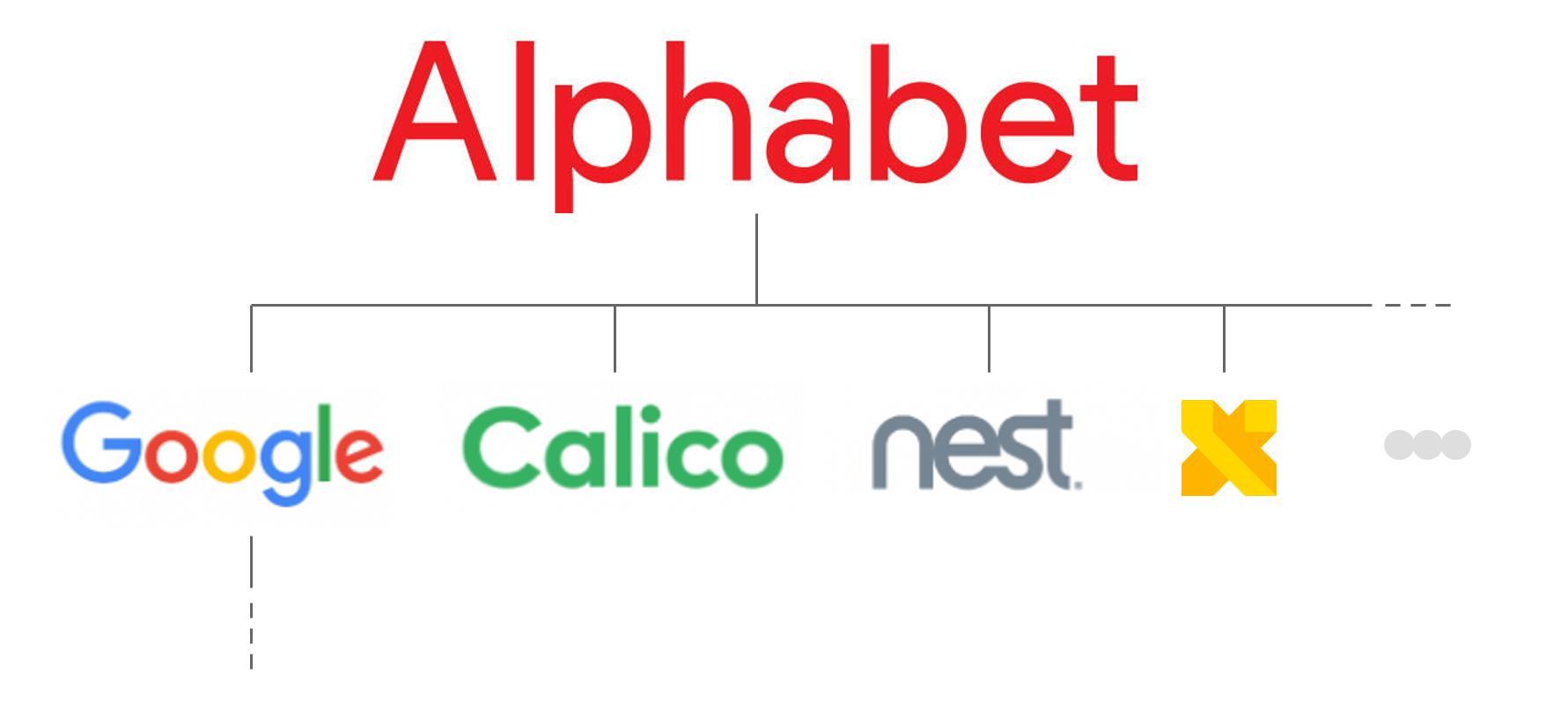
Alphabet’s summarized brand architecture
Similarly, Snap’s new architecture shift has similar benefits: when a user searches for “Snap Inc” they find information about the overall brand and business, while a query for “Snapchat” or “Spectacles” returns information about the products.
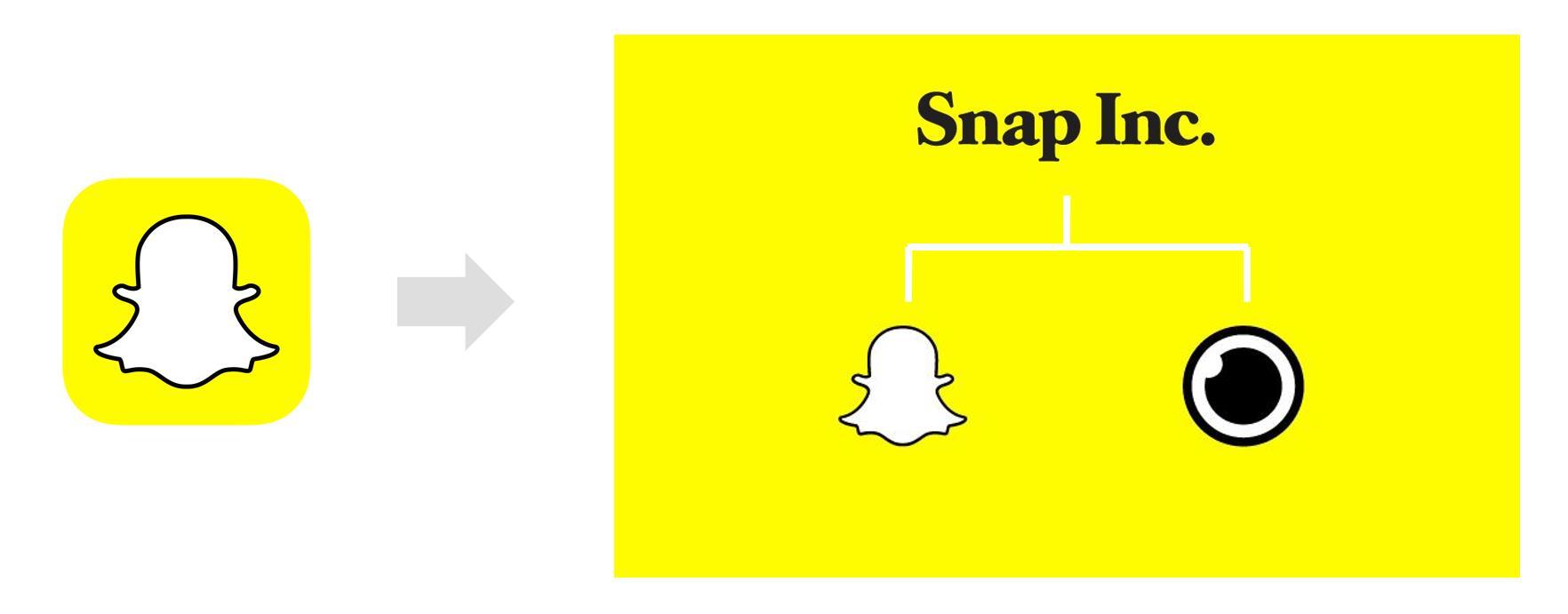
Snap, Inc.’s new brand architecture
As Spiegel says, “”When we were just getting started it made sense to name our company Snapchat Inc., because Snapchat was our only product! Now that we are developing other products, like Spectacles, we need a name that goes beyond just one product.”
This may be a hint that Spectacles is the first of many new products & services from the tech company.
In the dynamic landscape of the tech sector, brand innovation is not just a strategy; it’s a necessity to secure and maintain a leading position. This rings particularly true for companies like Snap, where substantial investments in R&D consistently fuel groundbreaking product and service innovations, disrupting the status quo.
At the forefront of tech competition, brands must internalize two crucial facets of brand innovation: staying relevant and being distinct. Snap’s brand innovation journey exemplifies how staying ahead requires a commitment to both relevance and differentiation.
For brands operating in industries yet to experience significant disruption, the opportunity exists to become the driving force that shapes the future of their category. Whether it’s the simplicity of fitness bands and smartwatches or the sophistication of wearable payments and stress detection devices, the integration of connected devices, from smart home thermostats to intelligent clothing, compels brands to reevaluate traditional silo-based digital strategies. Embrace the insights from Snap’s brand innovation, and discover how integrating digital as a strategic driver can elevate your brand in the ever-evolving tech landscape.
As Google can tell you, this is best done from a brand-led approach.
A Labbrand Group Company © 2005-2025 Labbrand All rights reserved
沪ICP备17001253号-3To improve your experience, we use cookies to provide social media features, offer you content that targets your particular interests, and analyse the performance of our advertising campaigns. By clicking on “Accept” you consent to all cookies. You also have the option to click “Reject” to limit the use of certain types of cookies. Please be aware that rejecting cookies may affect your website browsing experience and limit the use of some personalised features.